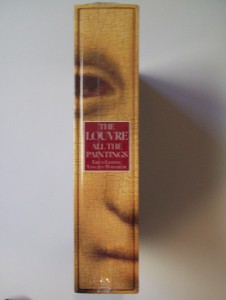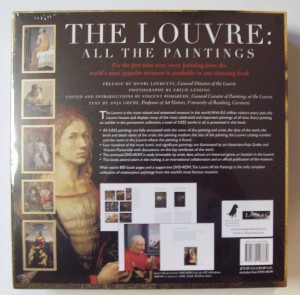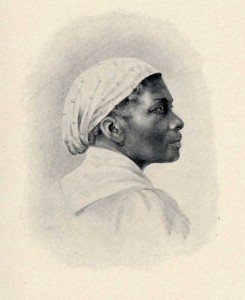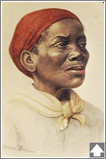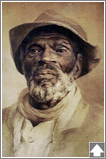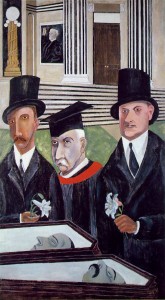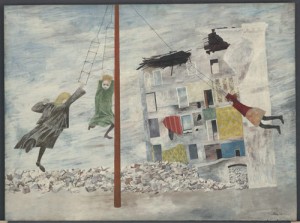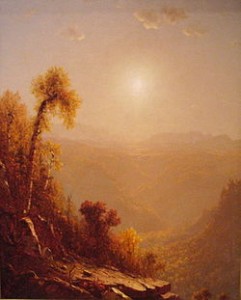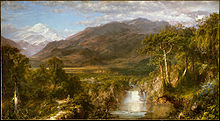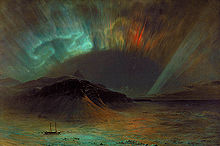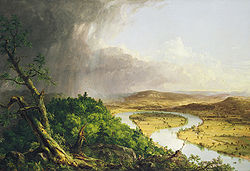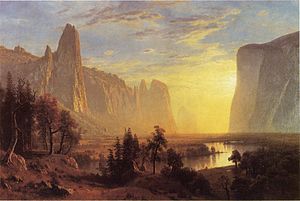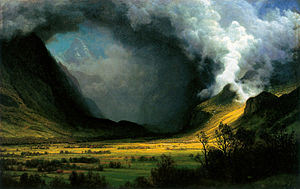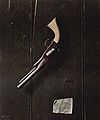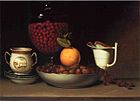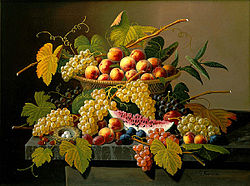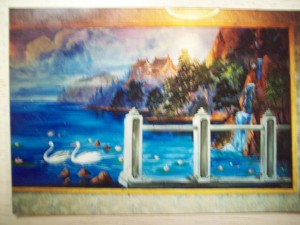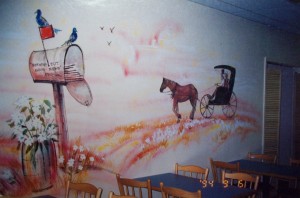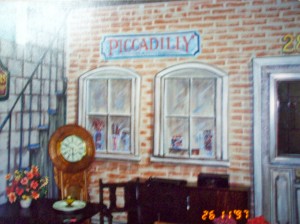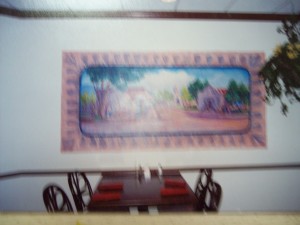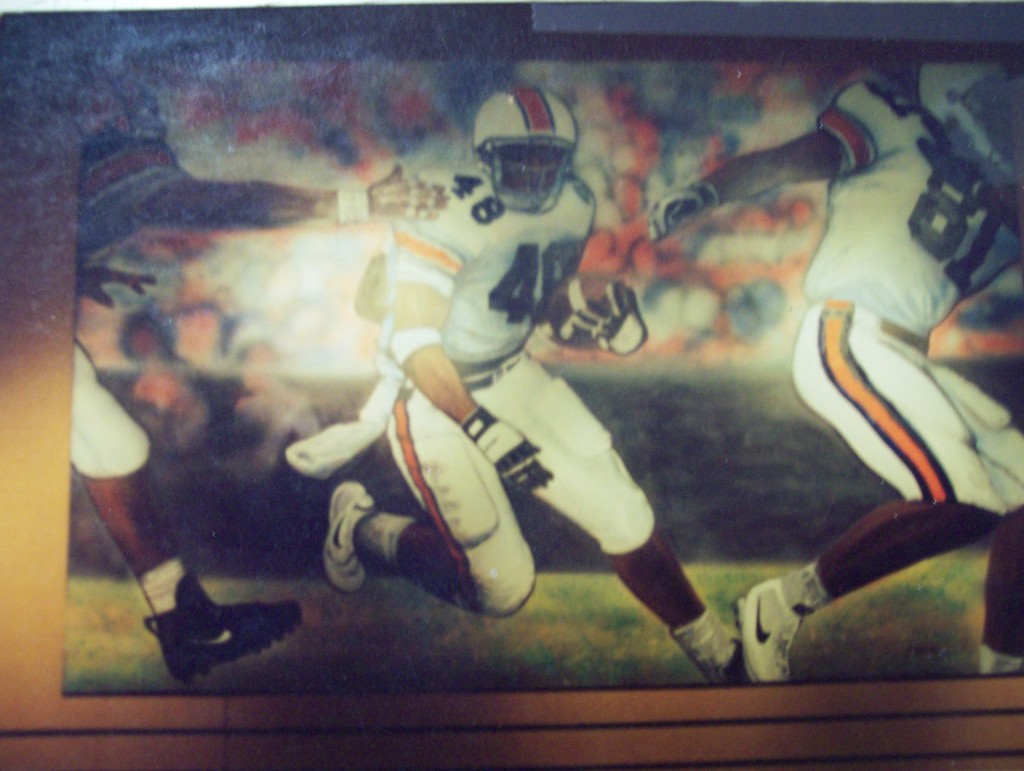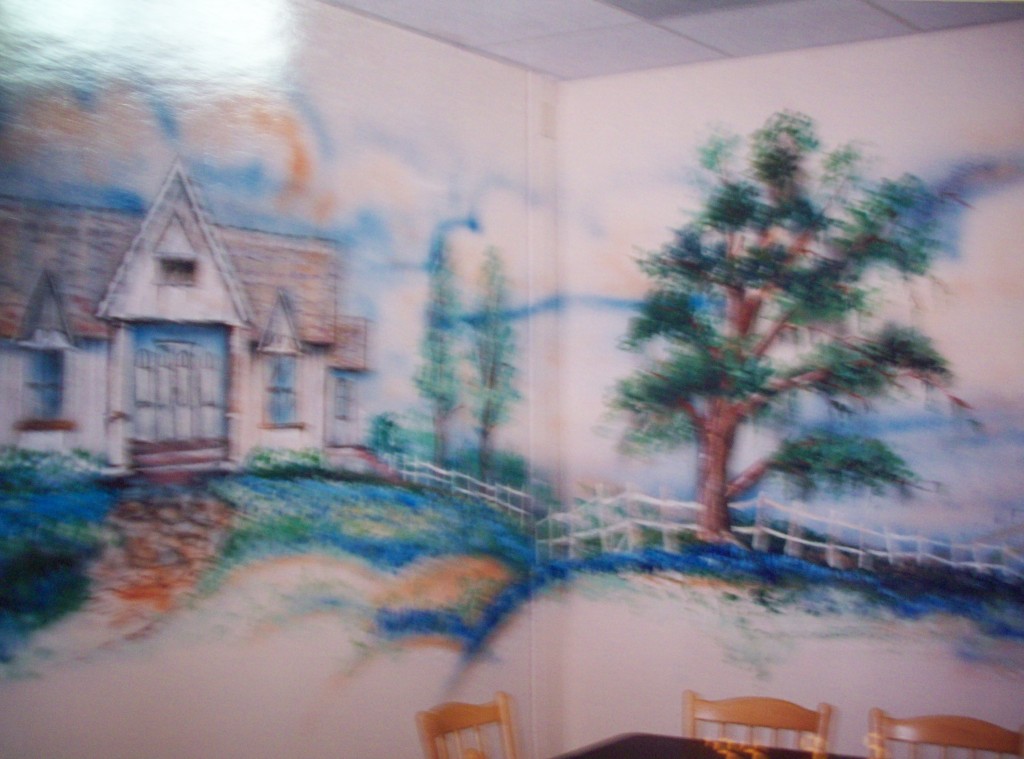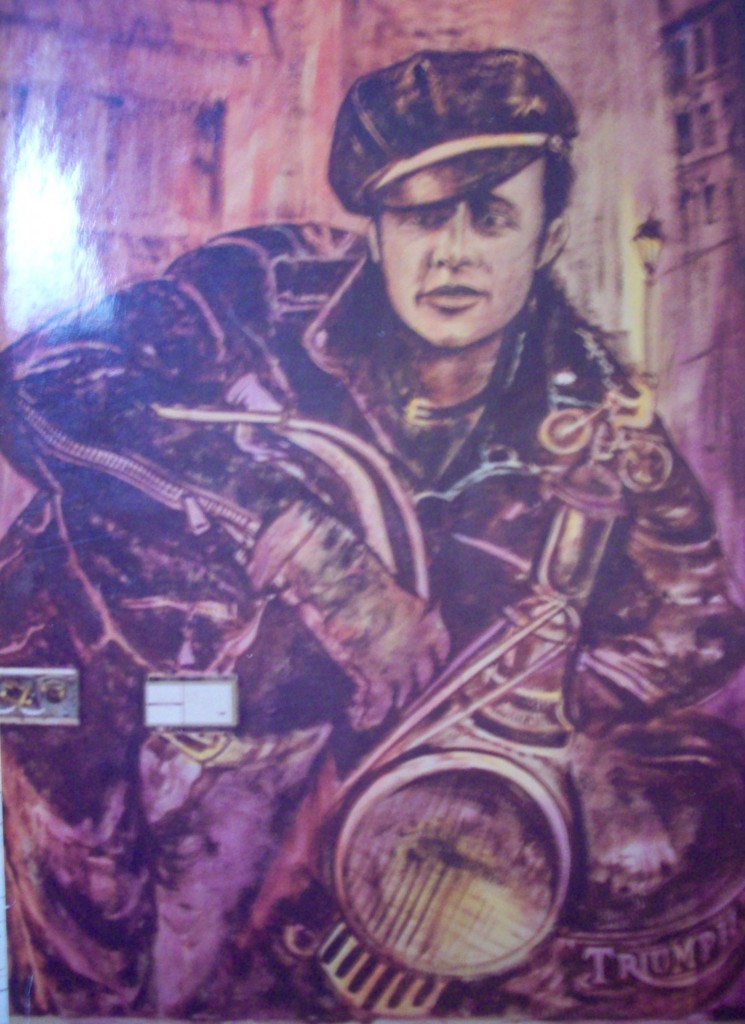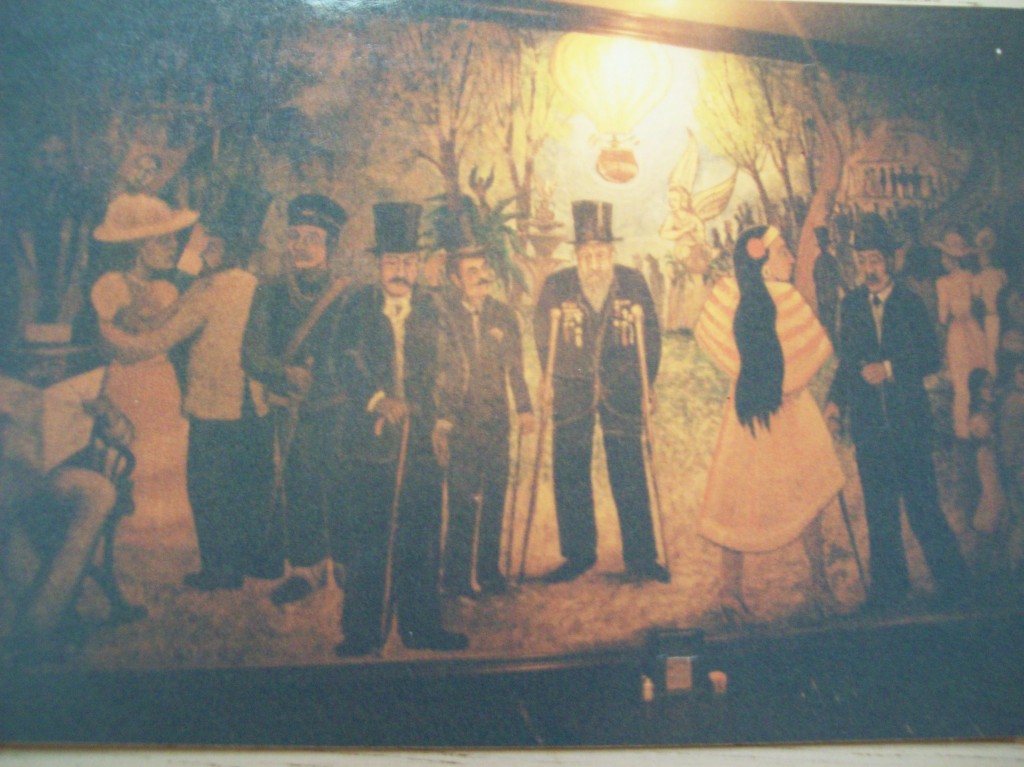Art Center Information has gave away this fabulous book on July 16, 2012 please enter to win a different book (see upper right). But it is a great book that I highly recommend, so see highlights below. Available through internet bookstores.
Imagine this: Wouldn’t it be great to hop on a plane and fly to Paris to visit the Louvre? My goodness! There are 3022 paintings to view. How long would that take? Well, for us artists, it would take longer than the non-artists because we don’t view a great work of art, we absorb it. We envision the artist making every brush strokes. It almost takes our breath away.
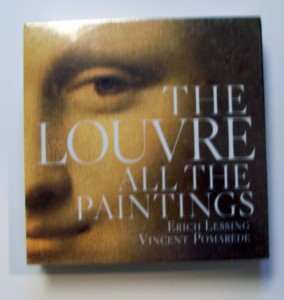
The next best thing to actually visiting The Louvre’s galleries is having the fabulous book, The Louvre: All The Paintings, at your fingertips as a wonderful coffee table book. This is something your family and friends will enjoy for a lifetime. Definitely, it is the first collection to showcase the permanent paintings of a museum of The Louvre’s stature.
The book takes the four distinct schools of painting: Italian, Northern, Spanish and French. It organizes them and makes up what you might call a mini-course representing each of the school’s best works.
The paintings are chronologically presented by the artists’ birth dates. The sizes of the photographs vary from full-page plates to six or more on a page.
This book, several years in the making, is an international collaboration and an official publication of the museum. With nearly 800 book pages and a supportive DVD-ROM, it is the only complete collection of masterpiece paintings from the world’s most famous museum.
The Louvre: All The Paintings is prefaced By Henri Loyrette (General Director of The Louvre); Photography by Erich Lessing; Edited and Introductions by Vincent Pomerede (General Curator of Paintings at The Louvre); text by Anja Grebe (Professor of Art History, University of Bamberg, Germany).
